Just an hour by train from either Sevilla or Malaga, Cordoba is one of a string of romantic Andalucian cities stretching across southern Spain. It was an important Roman city (you can still see, and walk across, the Roman bridge over the River Guadalquivir), but its glory days were in the 8th to 10th centuries, when it was the capital of Islamic Spain, and one of the most important cultural centres in Europe, where Moors, Jews and Christians lived together with a degree of religious tolerance remarkable for its time. The Mezquita, or Grand Mosque, one of the most beautiful and historic buildings in Spain, was built during this time.
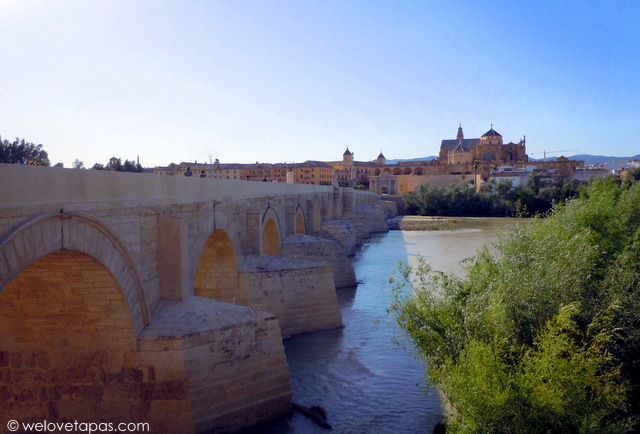
Part of the charm of the old city today comes from the atmosphere of slightly faded greatness that fills the old courtyards and narrow streets, and make it an enchanting city to stroll around. Cordoba is also famous as a city of flowers, and in spring and early summer in particular is vibrant with colours and smells. Not surprisingly, there is an annual competition for the best patios, courtyards and balconies, but you can also visit one of our favourite places in Cordoba, the Palacio Viana, which has 13 garden courtyards each in a different style.
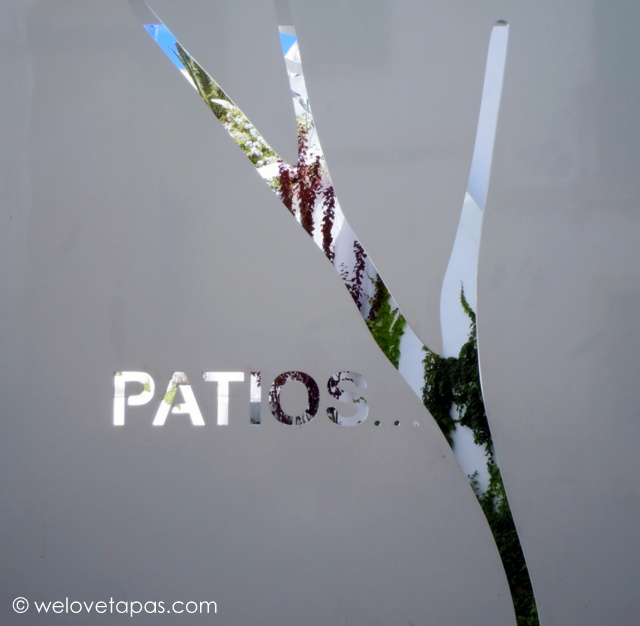
Number one on everyone’s must see list is the Mezquita (the Grand Mosque, now a cathedral), the symbol of the city, with its famous horseshoe arches. Despite the number of visitors it still feels like a calm and peaceful oasis, though people have mixed feelings about the cathedral that was built in the middle of it. It didn’t impress the Spanish king of the time either; he said of it “You have destroyed something unique to build something I can find in any Spanish city.” Also nearby and worth a visit, especially for the gardens, is the Alcázar of the Christian kings
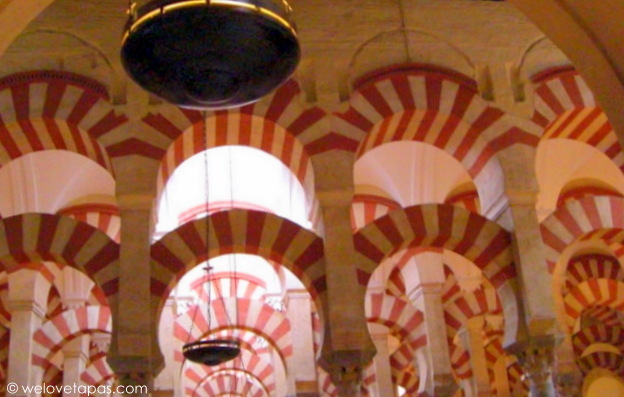
Perhaps the most picturesque area of Cordoba is the old Jewish quarter, a neighbourhood of small courtyards and narrow twisty streets inside the remains of the west wall of the city. Here you can find the old synagogue, the Sephardi house and the zoco (market), a courtyard with small shops and workshops still making the jewellery and leather goods for which Cordoba is famous, and a good place to come for a souvenir or two.
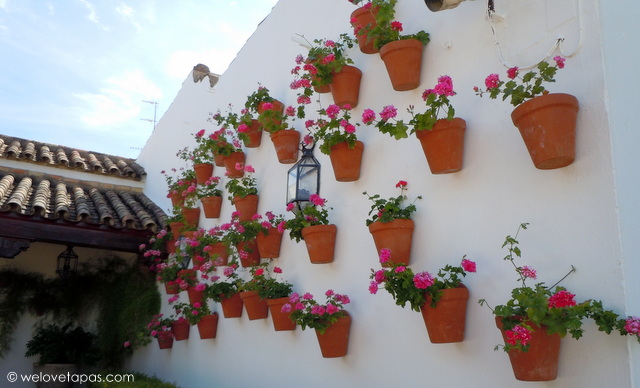 Cordoba is the home of salmorejo, the thick tomato soup often served with a garnish of hard boiled egg and jamón, of the flamenquín (rolled pork and cheese fried in a coating of breadcrumbs), and of fried aubergine/eggplant with a dressing of cane sugar molasses. You can also find the biggest tortillas de patatas in the world, available from Bar Santos next to the Mezquita in calle Magistral Gonzáles Francés. Each one is made with 30 eggs and 5 kilos of potatoes. They do a mean salmorejo too.
Cordoba is the home of salmorejo, the thick tomato soup often served with a garnish of hard boiled egg and jamón, of the flamenquín (rolled pork and cheese fried in a coating of breadcrumbs), and of fried aubergine/eggplant with a dressing of cane sugar molasses. You can also find the biggest tortillas de patatas in the world, available from Bar Santos next to the Mezquita in calle Magistral Gonzáles Francés. Each one is made with 30 eggs and 5 kilos of potatoes. They do a mean salmorejo too.
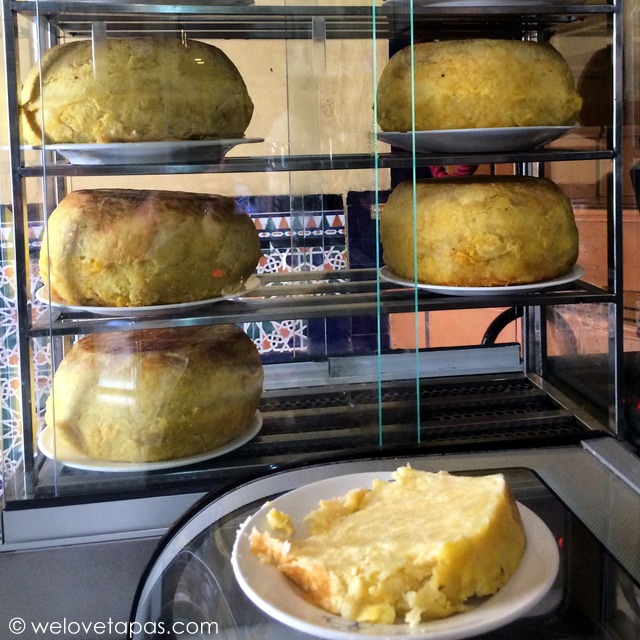
Some of our other favourite bars & restaurants are:
Blanco Enea
Plaza de San Pedro, 1
La Regadera
Ronda de Isasa 10
Casa Pepe de la Juderia
Calle del Romero 1
Garum 2.1
San Fernando 120
Casa Mazal
Tomás Conde 3
El Churrasco
Calle del Romero 38